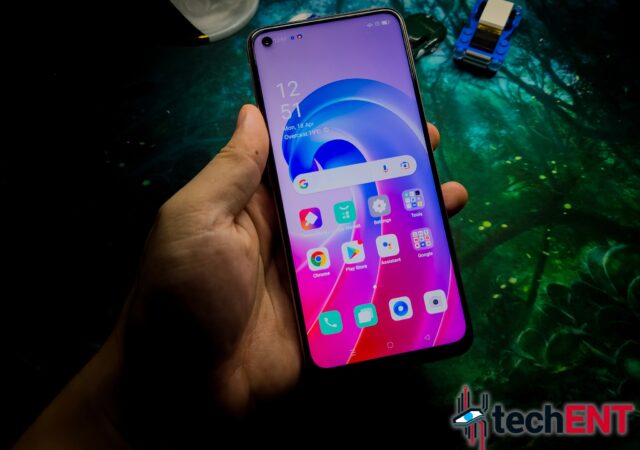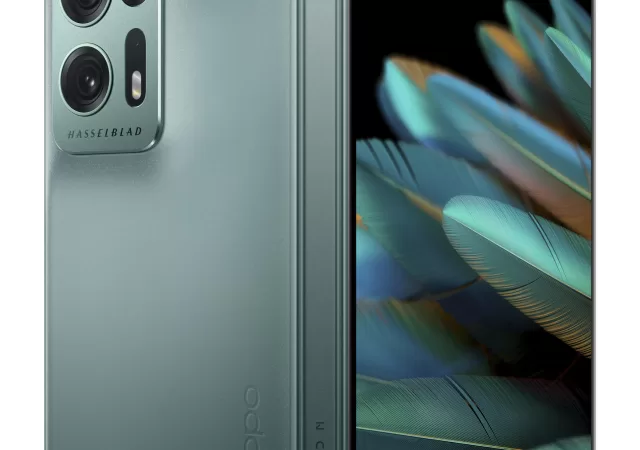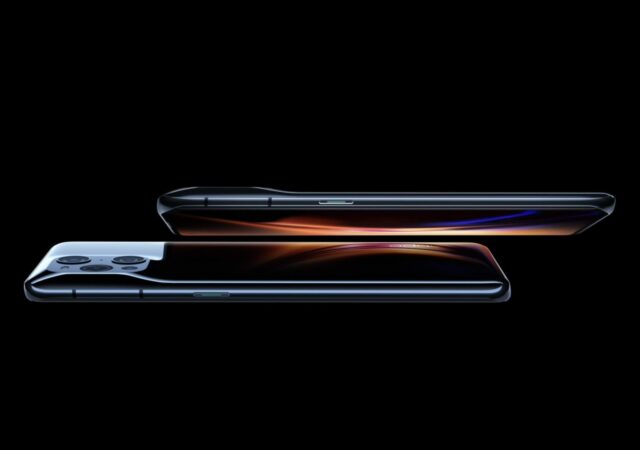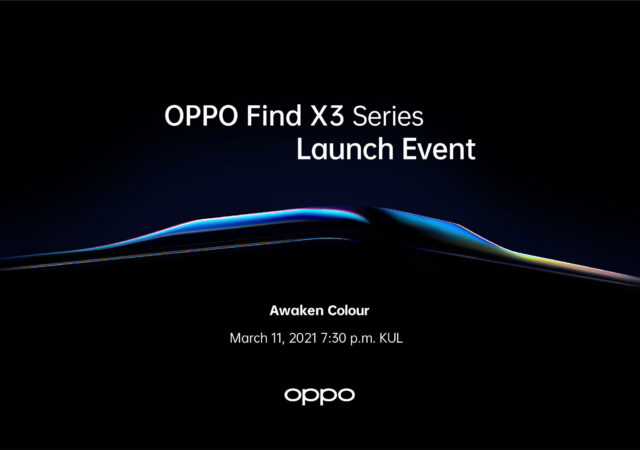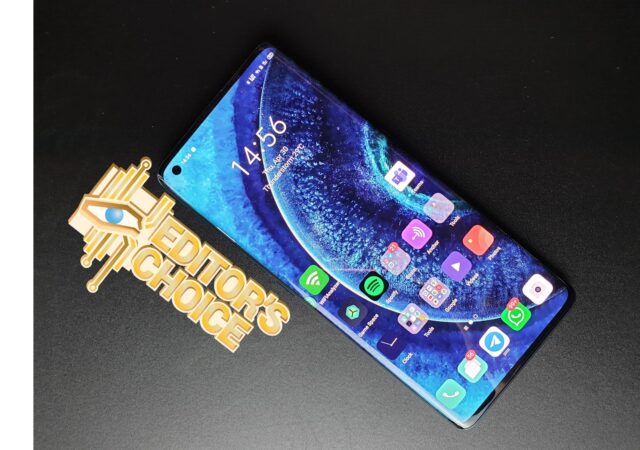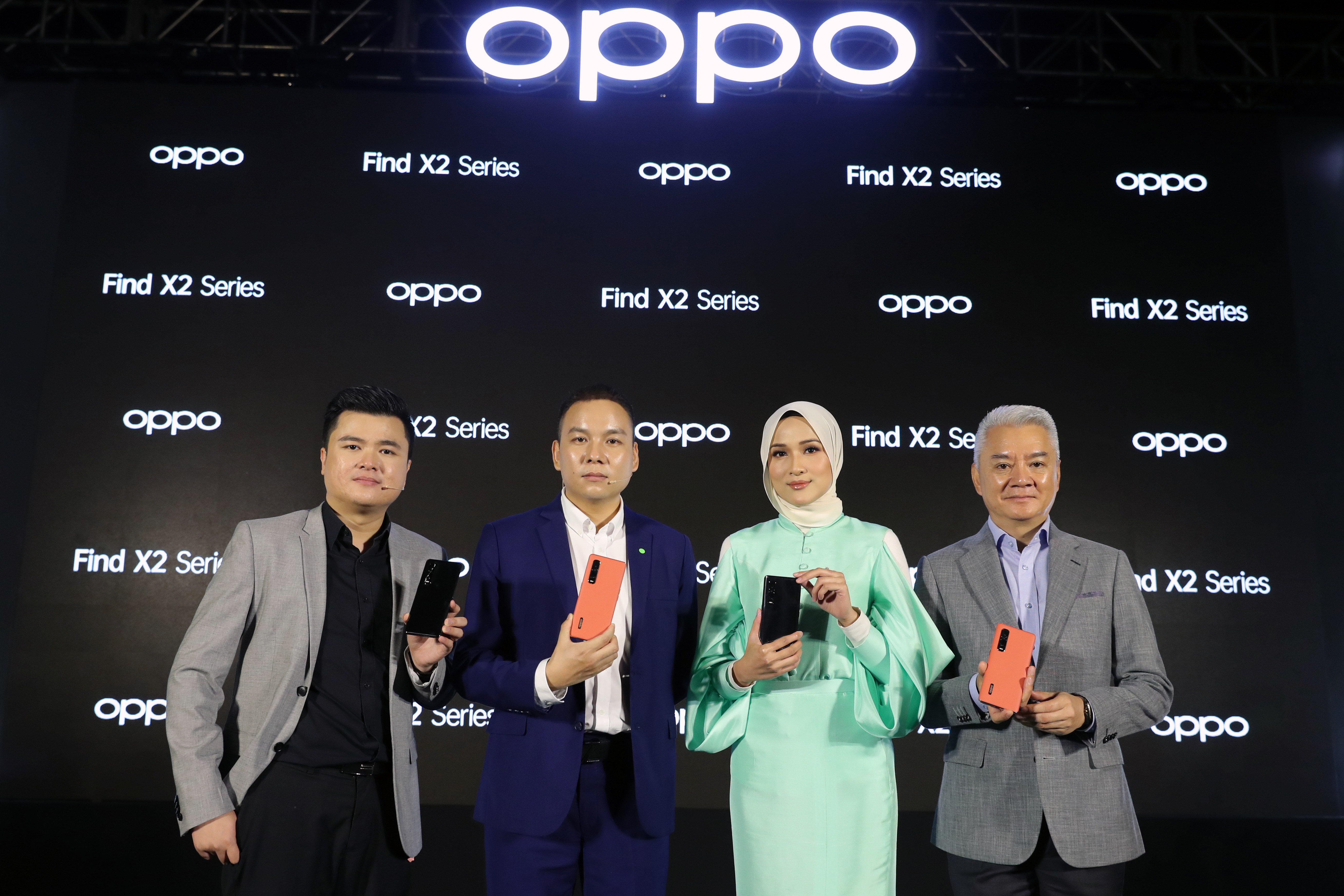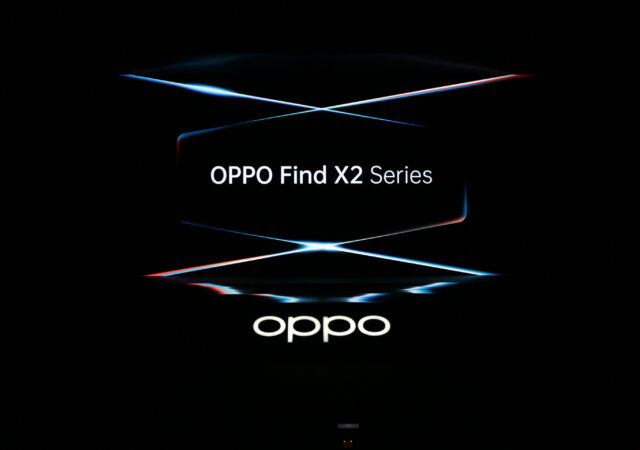OPPO has extended their product life support. As of 2023, select flagship devices will get up to four ColorOS and five security updates.
OPPO Launches the Find N2 – the Other 2022 Foldable
OPPO launches their latest foldable smartphone, the Find N2 fitted with their brand new Flexion Hinge that is lighter and better than before.
OPPO Find X3 Pro Launches Globally! Available March 2021 Onward with EU€ 1,149 Price Tag.
OPPO launches their highly anticipated and impressive Find X3 pro flagship. The new flagship comes with a state-of-the-art 50-Megapixel main camera and a new 50-Megapixel Ultra-Wide camera. Available globally March 2021 with prices starting at EU€ 1,149.
OPPO Find X3 Series Coming 11 March 2020
OPPO is launching their latest Find X3 Pro flagship with Qualcomm Snapdragon 888 SoC platform on the 11th March 2020.
The OPPO Find X2 In-Depth Review – Ticking All the Right Boxes
The OPPO Find X2 is a fine flagship smartphone that ticks all the right boxes in the flagship segment for MYR 3,999. Is it worth it though?
OPPO Find X2 Series Found Its Way To Malaysia!
OPPO has launched the OPPO Find X2 series in Malaysia. Prices start from MYR 3,999 and tops out at MYR 4,599. You get 5G connectivity too.
OPPO Find X2 Series Global Launch – Replacing An Icon
OPPO has unveiled their flagship replacement, the OPPO Find X2 series. The OPPO Find X2 packs flagship hardware with some really innovative camera and display technologies.



